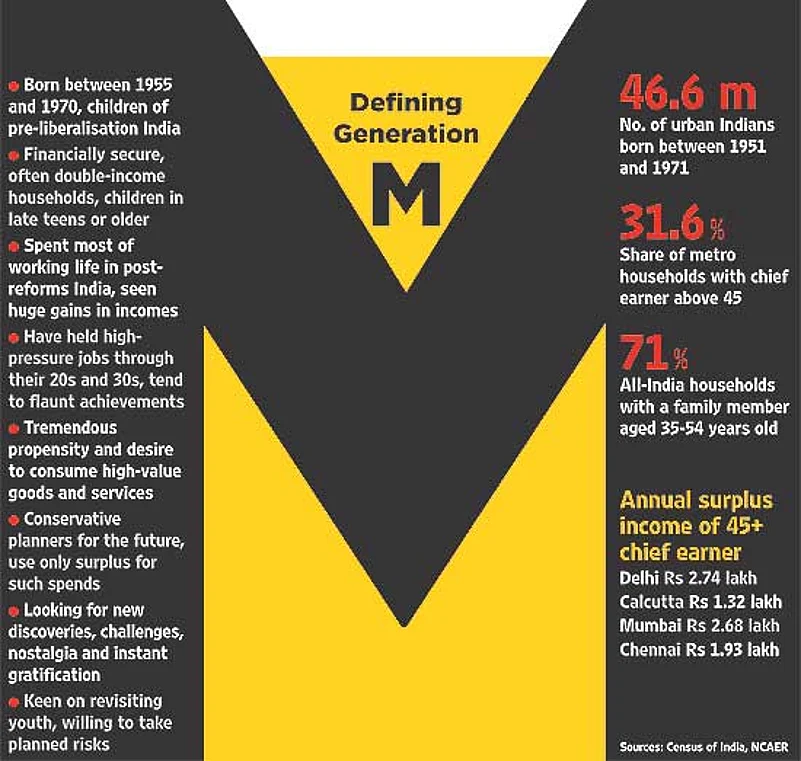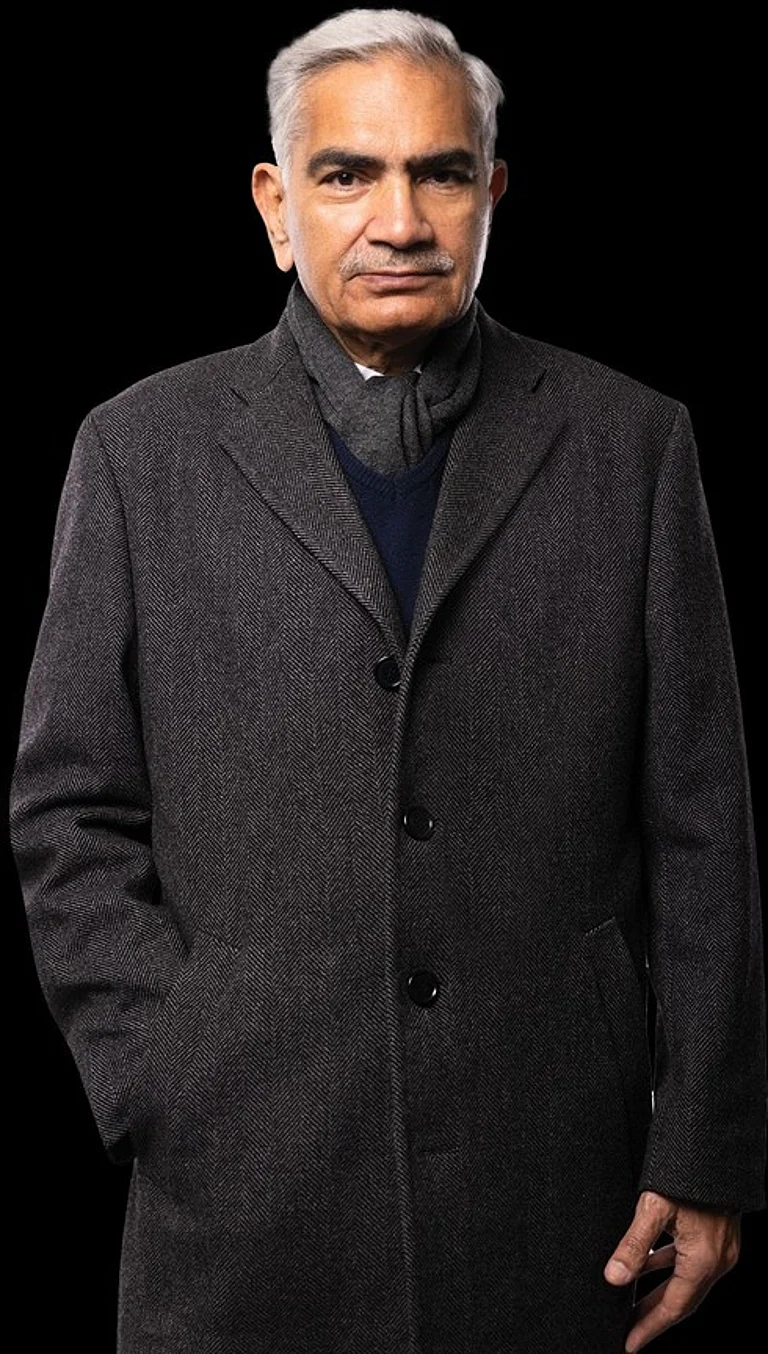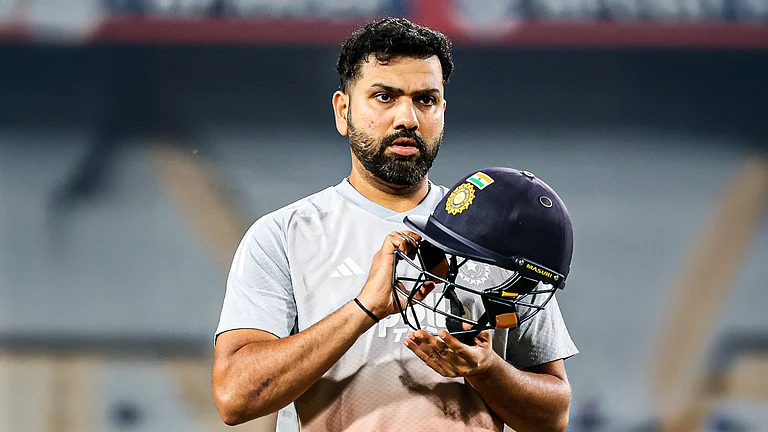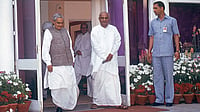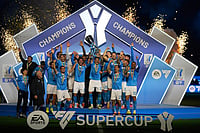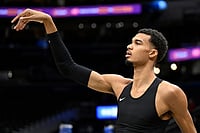Where Gen-M Is Spending
Between 20 and 40 per cent of the total customers in these fast-growing categories are in the age group of 40-55 years
- Anti-ageing and healthcare Weight loss programmes, skin- and hair-care regimens, anti-ageing creams, sports equipment, gyms, health foods, health food supplements, spas, lifestyle drugs, Viagra
- Education Professional re-education via part-time and online courses
- Travel Trekking and adventure holidays, travelling to exotic destinations
- Retail therapy High-end fashion, accessories like bags and watches, motorcycles, expensive cars, high-end gizmos, second or holiday homes
- Hobbies Learning music (Hindustani and western), training for instrumental music, dance or a new language, cycling, joining a band, buying art
- Nostalgia Buying old music and films, be it Bollywood, Hollywood or regional or world cinema, attending rock concerts, posters and vintage cars
- Spirituality Yoga, meditation, vipassana, following gurus and organised spirituality, religious holidays, astrology, birthstones
- Cosmetic Surgery Botox, facelifts, hair transplants, breast augmentation, nose jobs, liposuction, cosmetic dentistry
***
White Fang, a rock band of the ’80s, once moved heavy crowds in Delhi. For the last two decades, though, most erstwhile members all but bayed at the moon. The gig split up by the ’90s, leaving Rahul Ram of the rock band Indian Ocean and Gautam Ghosh to pursue music and fame. Others, like guitarist Amitanshu Das, turned to making movies; vocalist Sudipto Pakrasi went on to become an eye surgeon; while guitarist Sharad Tyagi is now a big wheel in a pharma company. However, the good old days returned for them when the band regrouped for a gig in January. Aside from the joy of meeting up with college buddies and drinking Old Monk for six days straight, all relished the challenge of confronting a discerning Delhi audience again. “It’s like I’d been missing this all my life,” says Pakrasi, 50. Besides, as he says, the wife loves it.
Despite that blatant Rock On moment, there’s no denying that suddenly an entire generation of urban Indians is savouring life after 40. Just look around you. After working their backsides off for a couple of decades, Generation M—urban Indians between 40 and 55 years, born between 1955 and 1970—are on what can be best described as a “trip”. They are looking for more meaning to life, enjoying those little “youthful” indulgences, and are intent on correcting the work-life balance. Yes, they are spending money—lots of it—on meeting these needs. After having been stuck for long between Midnight’s Children and Gens X, Y and Z, midlife has suddenly become a whole lot of fun.
Sure, there’s some scepticism—and nervous laughter whenever the word “crisis” pops up—but marketers are tapping into the enormous potential this segment offers. A host of lifestyle product segments—from health, anti-ageing, top-end retail goodies, travel, spirituality, hobbies, nostalgia and what not—is booming. According to Outlook’s estimates, a good 20-40 per cent of this demand is being fuelled by Gen M, roughly a market of 47 million urban Indians. “This generation wants to look and feel young. With increased awareness and purchasing power, there is a huge untapped potential here,” avers Suvodeep Das, marketing head, Kaya, which runs skincare clinics across 27 cities in the country and is seeing 20-25 per cent annual growth in revenues.
Of course, this is a uniquely Indian approach to midlife. It doesn’t appear to be about sex, though Viagra sales are famously booming. It’s more about money and achievements (or lack thereof). This, in effect, is the first generation that is questioning—albeit within boundaries—the inevitable march towards ageing. It doesn’t help matters that success has come 20 years too early, often after lots of really hard work. “Till this generation, you peaked six months before you retired. You didn’t have the luxury to go into midlife,” points out Santosh Desai, MD, Futurebrands.
Indeed, Gen M has grown up with strong values on savings and investments—a hangover from their parents’ generation that saved each paisa to build a secure future. Now, they suddenly realise that all that is by and large taken care of, the children are already young adults, and they have achieved professional success, and still have surplus cash to divert to things on their wish-lists. “Aspiration levels have changed dramatically from the time when you expected to be able to buy a house in your 40s,” says icici Bank ED Sandeep Bakhshi. “Retail finance and the recognition of the India growth story has changed the entire landscape.”
Spending is also a way to compensate for getting success so young. “This is a different kind of generation. At 40, you don’t gain respect, you only gain respectability,” says social scientist Shiv Visvanathan, who argues that this generation not only has to keep up with the Sharmas but also the junior Sharmas. In that sense, there’s a rooted insecurity that underlies their actions. The slowing down of the body and mind with age also creates deficits which the person tries to compensate with distractions and attempts to find meaning and spirituality in life. It’s hardly surprising that perhaps more than other segments, organised spirituality is booming.
It takes time to figure out what works. Ask Shruti Misra, 42, who was coping with professional change. She recently selected the ‘Sudarshan Kriya’ aspect of the Art of Living, a form of meditation and reflection on life which has been increasingly popular over the last two decades. She has been using such ‘services’ in the past, though with mixed results. “When I turned 35, I panicked, ‘I’m not getting anywhere’. By 40, I was very confident.” Now Shruti turns to meditation and self-learning out of curiosity, or to learn new techniques. Of course, all this costs money.
But it’s more than just being able to afford and access things. There’s also a deep sense of understanding that life is short, it has to mean more than just work and if anyone has to maintain their sanity, they need to find fulfilling things to do. Most of the scores of mid-lifers Outlook spoke to stress a desire to break the monotony, recapture a bit of the past, try something new. It’s also about shedding guilt. For Arthy Muthanna Singh, 47, doing something for herself used to make her feel guilty and indulgent. Now she has started learning modern dancing and has decided she deserves doing something “just for herself”.
There’s also a growing sense of mortality, say people like Shalini Dam, national creative director at Grey Worldwide. “There’s a sense that life is passing by, you’re tasting success a lot sooner and you try to look for things that are more gratifying and challenging once you’ve achieved a certain type of success. And you don’t want to look back with regret.” For Mumbai-based Shikha Ranawat, 43, the news of a friend’s heart attack was the trigger. Trekking had always been on her to-do list, but life as a corporate lawyer left little time. Within a few months, she packed her rucksack and headed to Uttarakhand to fulfil her dream.
Most psychologists agree that stress levels being as high as they are, the average middle-aged Indian is increasingly looking for ways to beat the clock. There’s a growing need for people in their middle age to sometimes hold on to their youth and at other times to just feel youthful while growing older. That’s making cosmetic surgeons and anti-ageing brands very happy. Surprisingly, the middle class in smaller cities too is flocking to cosmetic surgeons, clinics and dermatologists to look their best. Many plastic surgeons in smaller cities have set up clinics offering not just surgery, but spa treatments and dermacare under one roof.
Health foods, health food supplements and lifestyle drugs have also made their mark. For Seema Khatri, 42, the change to an organic way of life happened after her daughter’s birth. “I started to question the things I was feeding my child and wanted to know where my basic supplies came from. Later, due to some health issues, I realised the change was definitely beneficial.” Organic food stores have sprung up across major cities while the increase in lifestyle-related diseases has boosted not just drug sales but also propagated a healthier lifestyle—gyms, yoga instructors, sports equipment-makers have all benefited.
Fitness consultant and personal trainer Shilpa Rane says that in her 12-year career, she has seen the number of people in their 40s and 50s go up significantly. To keep them coming, she has worked out different types of programmes that include pilates, aerobics, yoga and even exotic dancing. Similarly, demand for yoga guru Shiv Kumar Mishra’s ‘Yoga at home’ services is huge, which is why he’s now seeking partners to expand to cities like Pune, Delhi, Bangalore and Surat.
Of course, the retail segments servicing the big spenders have been among the first to wake up to their potential. Everything from luxury brands, gadgets, watches, hi-tech audio and video equipment, premium cars and bikes, manufacturers are targeting the over-40 segment. Indeed, specialised, high-end travel companies like The Wanderers and Aquaterra depend on people of this age group to travel; over 50 per cent of Wanderers’ clients in the 40-55 age group chose to travel to unique places.
Above all, there’s nostalgia. Which is why live entertainment companies like DNA Networks tailormake events like concerts to suit this age group. For instance, Kenny G’s concerts in Delhi and Bangalore were held at venues which had seating, adequate and hassle-free parking so that Gen M could enjoy that experience. “No event company like ours can afford to ignore this age band. They also don’t mind paying anywhere between Rs 1,500 and 5,000 per ticket and that’s a huge draw,” says T. Venkat Vardhan, DNA Networks.
Marketers clearly spy the potential with targeting Gen M, but the shift towards targeting a mature audience is yet to take place. “That will only happen when we stop looking at acquiring volumes of customers and start looking at value,” says Madhukar Sabnavis, country head (discovery and planning), o&m. The early birds are figuring it out: mid-life is rocking.
By Arti Sharma and Pragya Singh with Arindam Mukherjee in Delhi, Dola Mitra in Calcutta, Sugata Srinivasaraju in Bangalore, Chander Suta Dogra in Chandigarh and Pushpa Iyengar in Chennai






